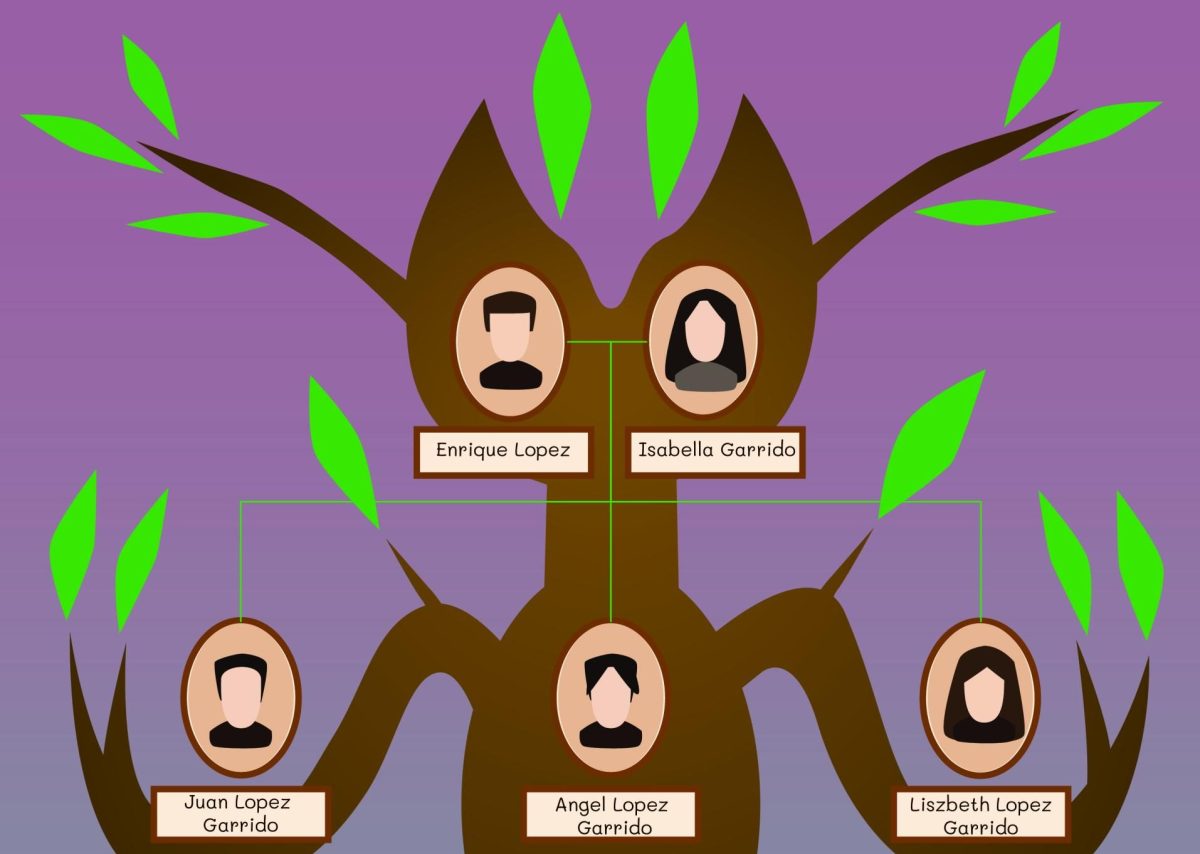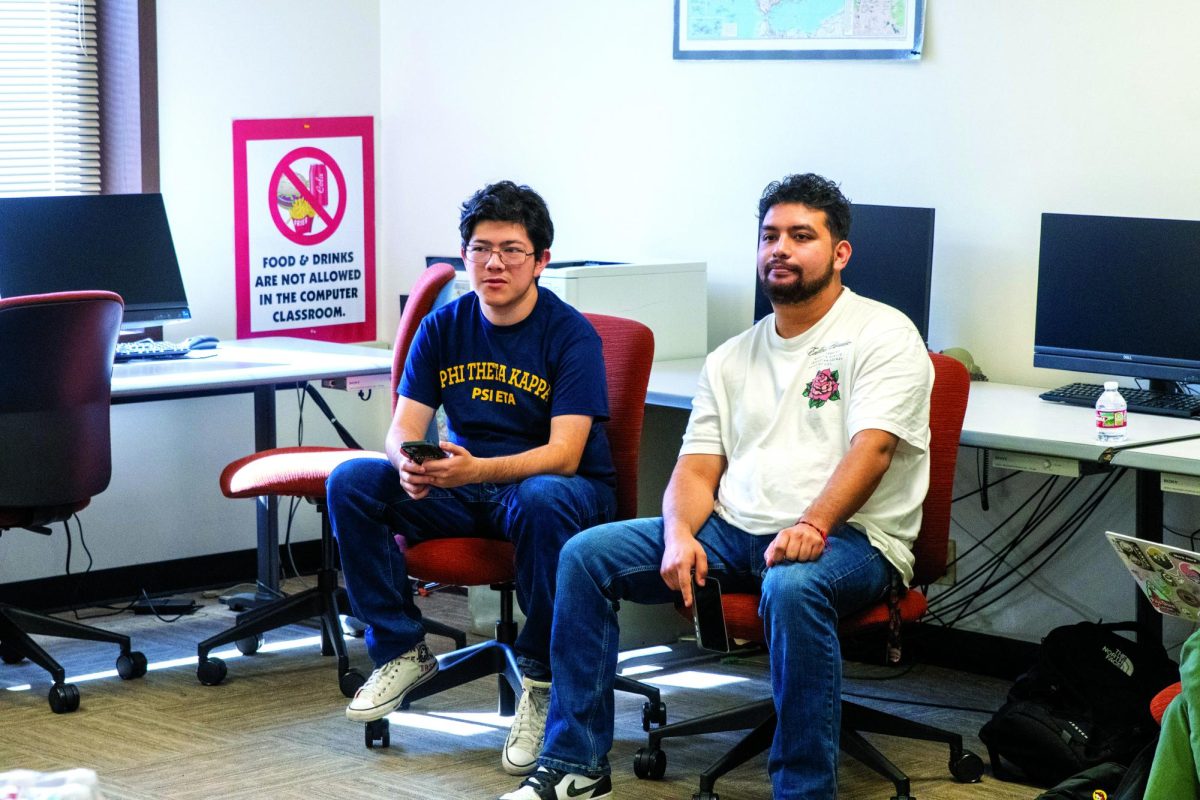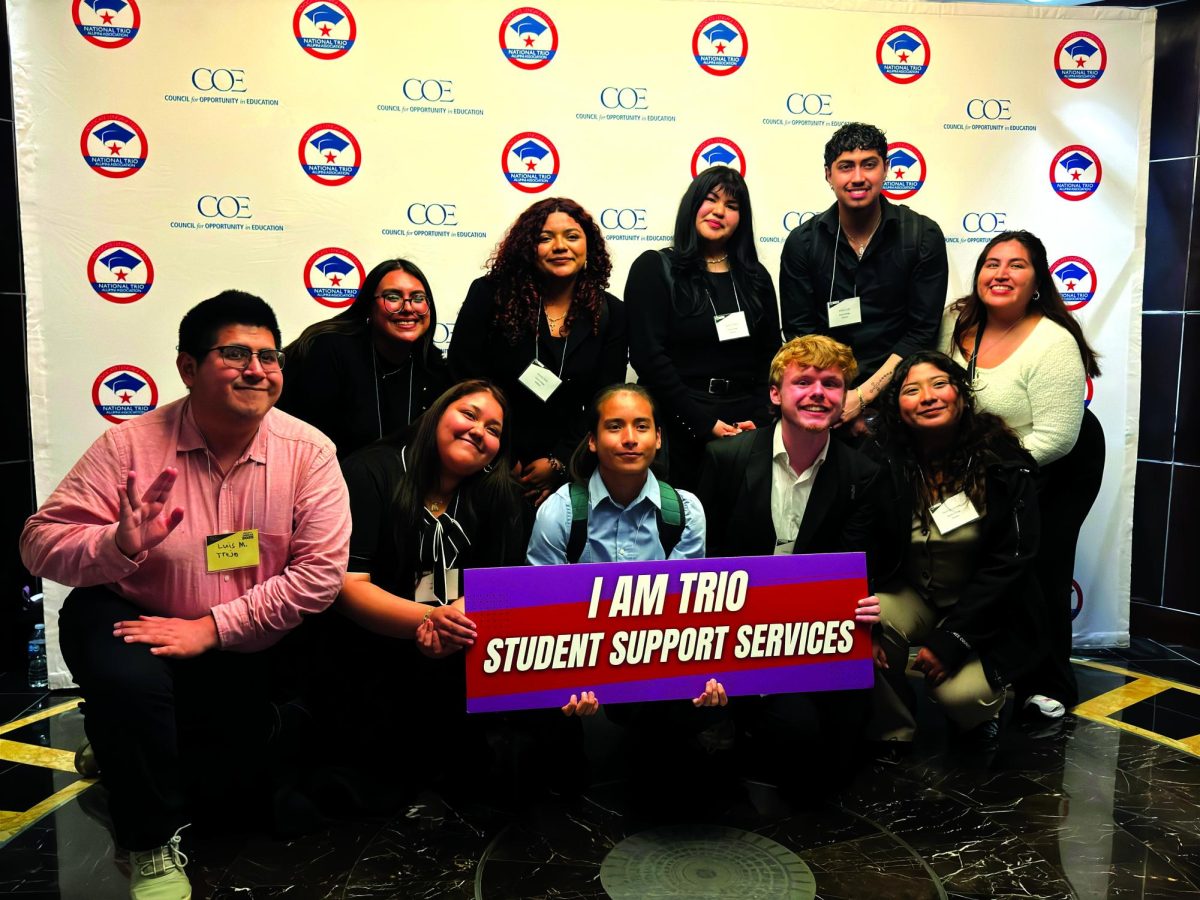By HARRIET RAMOS
Plans are moving ahead to implement a new transfer framework designed to help students transfer all 60 credit hours of their degree plan from community college to university level.
The Improving Transfer in Texas Workgroup, commissioned by the Texas Higher Education Coordinating Board, spent nearly seven months collaborating on how to resolve transfer barriers. They presented the proposed transfer framework to the board at their quarterly meeting on Jan. 21.
“Unclear transfer pathways, misalignment between community colleges and universities and perhaps just insufficient and confusing information about transfer are some of the . . . barriers that make transfer between two and four year institutions difficult,” said THECB deputy commissioner Ray Martinez at the board meeting.
The workgroup was composed of four representatives from universities and four representatives from community colleges, including one from Dallas College.
The transfer framework breaks down the 60 hours required for an associate degree into three parts: 42 hours of core curriculum that will be laid out for students according to their degree plan, 12 hours of courses specific to the student’s major and 6 hours of directed electives that are chosen by a student based on personal interest or curriculum recommendations from the sending or receiving institution.
The transfer framework model gives specific direction to students regarding courses that are recommended for their major, even in the core curriculum. The goal is that all 60 credits will transfer to a four-year university as part of a student degree program instead of some credits transferring as electives, which is one of the major transfer issues students currently face.
“This model eliminates that friction point and should result in decreased excess hours for that student,” said James Hallmark, chief academic officer for Texas A&M system and co-chair of the workgroup.
Texas community colleges currently use a field of study model, which is a group of courses in a particular area that are intended to fulfill freshman and sophomore requirements for corresponding bachelor’s degrees at the university level.
On July 23, 2020, the THECB voted to suspend 10 fields of study that were scheduled to go into effect on Sept. 1. The purpose behind the suspension was to give the workgroup time to review problems related to field of study adaptations by four-year institutions.
The workgroup recommended in November that the suspension be removed on these fields of study, but the THECB did not vote to remove the suspension in their Jan. 21 meeting.
Ten fields of study were affected: communications, computer science and information technology, radio and television, drama, economics, fine arts, health and wellness, history, journalism and mathematics.
Even though it is still uncertain what will happen to these specific fields of study, other fields of study that are currently in place are expected to continue for the time being.
“Current fields of study curricula do not go away,” Martinez said. “We’re going to straddle both as we move to this new framework.”
Linda Braddy, president of Brookhaven and workgroup member, said it is a good structure, but she thinks the cooperation between the community colleges and universities will be a key to its success.
“[The transfer framework] is a little more specific and I felt like we had buy in from universities and community colleges,” she said. “It came out of lots of hours of conversations back and forth between the two sectors.”
The transfer framework is currently in the public comment period where the public can give input on the proposed framework until mid-February. In March it will be proposed to the THECB in its final form.
So far there isn’t a date set for implementation, but Braddy said the workgroup was hoping the transfer framework could be implemented as soon as this fall.








